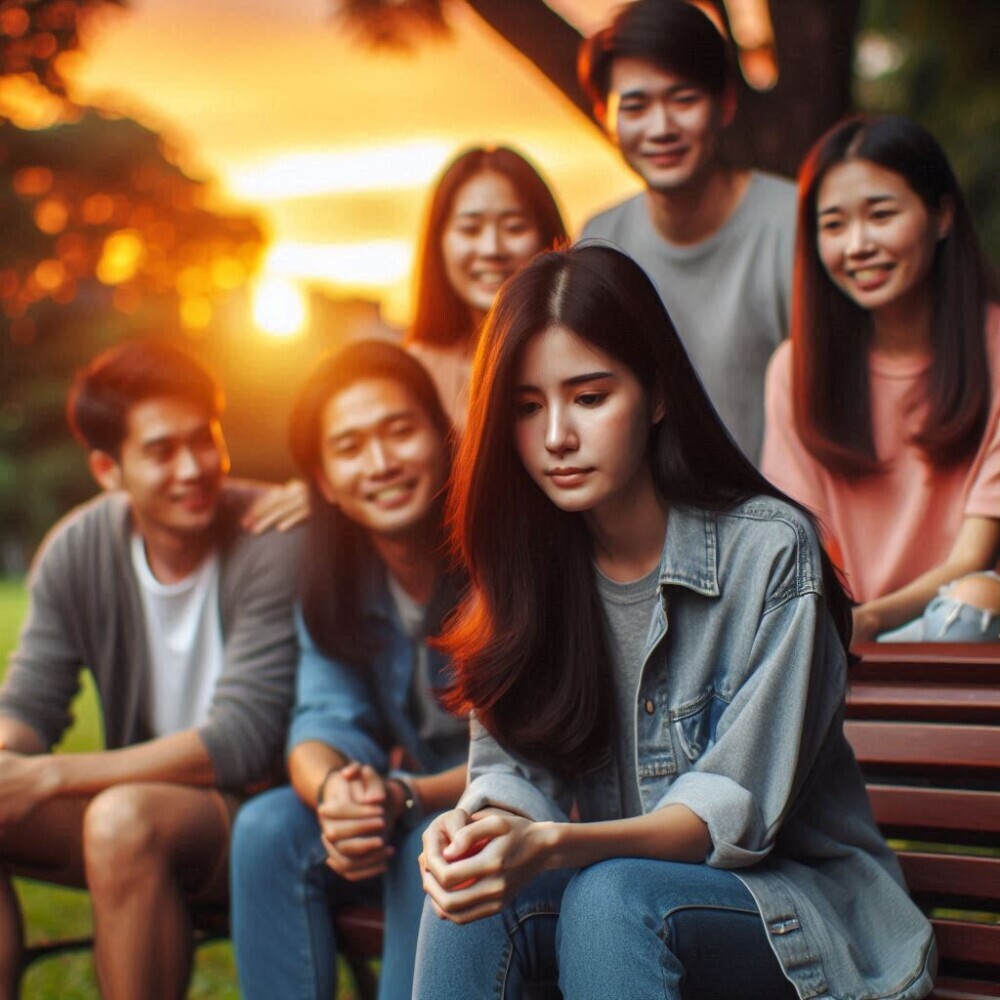Stretch marks are those pesky, streaky lines that can appear on the skin due to rapid stretching and shrinking of the skin. They’re super common and can show up on anyone – whether it’s due to growth spurts, weight changes, pregnancy, or even certain medical conditions. But while they might be a universal skin concern, their emotional impact can be deeply personal.

People often feel a swirl of emotions when they first notice stretch marks. For some, it’s just a mild annoyance. But for others, it can spark feelings of embarrassment, anxiety, and frustration. This is especially true if society’s idea of ‘perfect skin’ weighs heavily on your mind. It’s important to remember that these emotional responses are valid and quite common.
Addressing how stretch marks make you feel is essential. Ignoring these emotions can sometimes make them bigger, gradually impacting your self-esteem and overall well-being. This isn’t just about vanity; it’s about mental health and feeling good in your skin, both physically and emotionally. Some folks even find that understanding why they have stretch marks helps them feel more accepting.
Stretch marks are a sign that your skin has been through some changes. You could say they’re like little badges of life’s transitions – whether that’s growing up, doing the hard work to change your body, or bringing a new life into the world. Embracing them as part of your natural, human experience can be a game-changer. And remember, everyone has their unique skin journey.
The Emotional Rollercoaster: Personal Stories and Experiences

Stretch marks often take people on quite the emotional ride. Hearing personal testimonials can help you realize you’re not alone in this journey. Many people experience a range of emotions, starting from the moment they first notice those lines.
For some, stretch marks bring a sense of embarrassment. They might feel self-conscious when wearing clothes that reveal parts of their body where the marks are visible. This can lead to avoiding certain activities or social events just to dodge the potential of someone else noticing.
Frustration is another common feeling. Especially if you’re putting in the work to stay in shape or have gone through significant body changes, seeing stretch marks can be disheartening. It feels like your body’s not cooperating with your efforts, and that can be tough to reconcile.
Body image plays a huge role here. We’re constantly bombarded with images of ‘perfect’ bodies in the media, and it sets a pretty high bar. It’s easy to fall into the trap of comparing yourself to those unrealistic standards, which can really mess with your head.
Self-esteem can take a hit, too. Constantly thinking about how your skin looks can make you feel less confident in other areas of life. But knowing that many others share these feelings can help lessen the burden. You’re definitely not alone in this!
The pressure from society and media can be intense. There’s this huge emphasis on flawless skin, free of any marks or blemishes. When you don’t fit that mold, it’s easy to feel like you’re lacking somehow. But remember, real bodies have real stories. Your stretch marks are proof of your unique experiences.
Sharing your story or hearing others’ can be incredibly empowering. It’s a reminder that everyone has their own challenges and that beauty comes in all forms. Opening up about how you feel can also encourage more honest conversations, breaking down those unrealistic standards bit by bit.
Coping Mechanisms and Emotional Support

Dealing with the emotional impact of stretch marks requires some solid coping strategies. It’s all about finding what works best for you and makes you feel good in your skin. One of the most effective ways is through self-love and acceptance. Remember, your stretch marks are part of your journey, and embracing them can change your perspective.
Professional support can be a game-changer. Sometimes, talking to a therapist or counselor who specializes in body image issues can help you process your feelings. They can provide strategies tailored to your personal needs and experiences.
Support groups and communities are another fantastic resource. Whether it’s an online forum or a local meet-up, connecting with others who are going through the same thing can offer a sense of belonging and understanding. It’s comforting to know you’re not alone, and sharing experiences can be incredibly therapeutic.
It’s also important to have open conversations with loved ones. If you’re feeling down about your stretch marks, let them know. Loved ones can offer support and encouragement, which can make a huge difference in how you cope emotionally.
Practicing self-care is another crucial aspect. This includes taking care of your skin with moisturizers and treatments that make you feel good. It’s not just about trying to reduce the appearance of stretch marks, but also about enjoying the process and nurturing your skin. Establishing a daily routine that focuses on self-care can boost your mood and confidence.
Advancements in Treatment and Self-care Practices
Let’s talk treatments. There are quite a few options out there, ranging from medical procedures to home remedies. When considering treatments, it’s important to weigh the pros and cons and choose what’s best for your skin and budget.
Medical treatments like laser therapy, microneedling, and chemical peels can help reduce the appearance of stretch marks. These options are usually performed by dermatologists and can be quite effective. However, they can also be pricey and may require multiple sessions. Always do your research and consult with a professional to see if these treatments are right for you.
Non-medical and home remedies can also be beneficial. Natural options like cocoa butter, shea butter, and essential oils are popular for keeping the skin moisturized and promoting elasticity. While these may not magically erase stretch marks, they can certainly help improve the texture and appearance of your skin over time.
Revamin Stretch Mark Cream and SmooSkin Serum are products designed specifically to target stretch marks. Many people find these topical treatments helpful as part of their daily routine. Maintaining consistency is key to seeing results with any product.
Holistic practices like a balanced diet, regular exercise, and proper skincare routines can also play a big part in managing stretch marks. Eating foods rich in vitamins and minerals, staying hydrated, and maintaining a healthy lifestyle all contribute to the overall health of your skin.
Making informed decisions about treatment options means understanding that no single remedy works for everyone. What’s crucial is finding a routine that you feel comfortable with and that fits your lifestyle. Always listen to your body and consult with professionals when necessary.
Click here to learn more about stretch marks


Leave a Reply